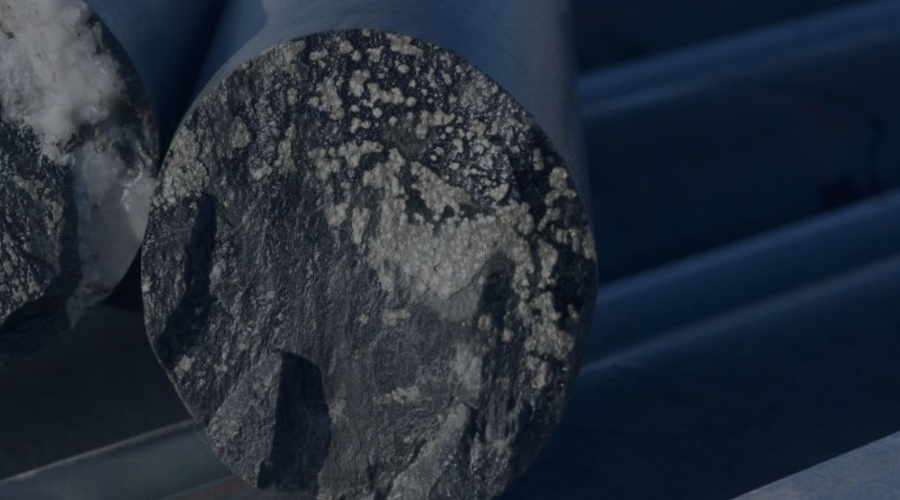
In detail, a team from the Australian Nuclear Science and Technology Organisation (ANSTO) and Macquarie University enhanced the former’s neutron tomography instrument Dingo, which generates images similar to those of an X-ray CT scan but instead uses neutrons, neutral subatomic particles. The particles are produced by the Open-pool Australian Lightwater Reactor (OPAL), a 20-megawatt swimming pool nuclear research reactor.
A three-dimensional image reconstruction of the drill core was achieved by rotating the cores in the neutron beam while acquiring thousands of shadow radiographs with the Dingo instrument
Before moving into this phase, they developed a rig to hold the cores they were going to study for parallel scanning. The cartridges in the device can hold four cores up to 1.5 metres in length, with a maximum diameter of 80 mm each.
The specific cores used to test ANSTO’s concept were provided by Aurelia Metals (ASX: AMI) and were extracted at the company’s Hera gold-lead-zinc-silver mine in New South Wales.
The Dingo instrument then produced a three-dimensional image reconstruction of the drill core, which was achieved by rotating the cores in the neutron beam while acquiring thousands of shadow radiographs. The radiographs were then converted into 3D visualizations of the drill cores.
According to the scientists, the data generated from the radiographs can be used to extend 2D surface mineral maps achieved using X-ray fluorescence to more accurately report mineral content within entire drill cores.
X-rays cannot penetrate samples that contain abundant heavy metals but neutrons overcome this limitation
“Our collaborators at Macquarie University were satisfied that the images were viable for mineralogical assessments and are developing new methods to explore and integrate these datasets into geological and geochemical analyses,” said Joseph Bevitt, one of the researchers involved in the experiment.
In Bevitt’s view, depending on the desired scan resolution, non-destructive neutron CT scanning of one-metre drill core lengths can be completed in an hour.
He pointed out that, at present, industry and research institutions use X-ray techniques for high throughput drill core inspection and analysis. However, X-rays cannot penetrate samples that contain abundant heavy metals, such as lead, without losing image contrast.
“Neutrons overcome this limitation as lead, and a number of other commonly occurring minerals that are problematic for X-rays are more transparent to neutrons,” Bevitt said.
For the expert, however, combining the capabilities of both X-ray and neutron CT scanning may be the next big thing to support holistic 3D mineral mapping. This is why his team is also planning to install an X-ray source to enable bi-modal neutron and X-ray tomographic imaging of drill cores.




